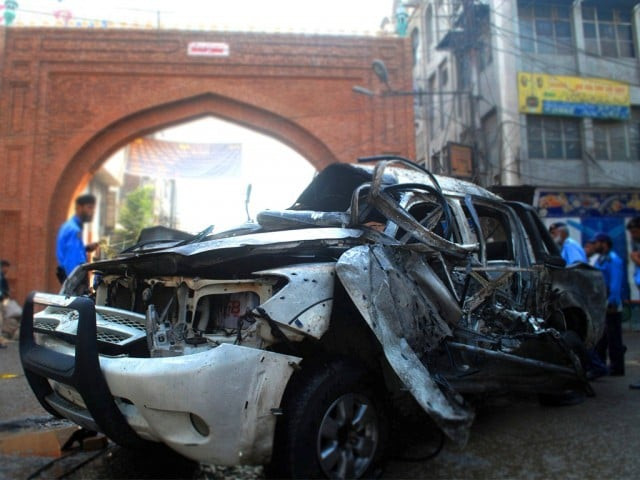
With terrorism a hot topic, access to concrete data in Pakistan remains elusive. Researchers, academics and the government itself often cite conflicting figures for each terror attack. To avoid such discrepancies, the Pakistan Institute of Conflict and Security Studies (PICSS) has launched a digital database on militancy.
The initiative is meant to first establish facts, then find the truth and correlate the facts to ground realities.
70% decline in terrorist attacks in Pakistan
The database shows there have been five ‘phases’ of terrorism in Pakistan following 9/11.
The first phase extends from 2001 to 2004, when the violence was at its lowest level. The second phase began after Pakistan sent its armed forces into the Federally Administered Tribal Areas and the militants spread all over the country. The third phase started after the Lal Masjid operation of 2007, which pushed militancy to the highest level.
Military-led operations in Swat and South Waziristan helped reduce violence but not as much as in the last phase after the Peshawar school massacre of December last year. Terror attacks are now at the same level as of 2008.
At the launching ceremony at the Pakistan Institute of Parliamentary Services on Monday, PICSS Chairman Akram Zaki presented an overview of developing the database.
What is terrorism and why does it figure here?
“On the basis of the data we have collected since 9/11, we have made certain timeframes by observing how terrorism [incidents] moved above or below a certain point,” Akram said.
In his presentation, PICSS managing director Abdullah Khan said more than 47,000 people have been killed in terrorist incidents over the past 15 years.
However, he added, people generally did not separate out casualty figures of civilians and militants and gave out overall figures of 50,000 dead people.
Abdullah claimed that during different military operations, most of those killed were militants with civilian casualties almost half of the militant casualties.
Target killings in Karachi reduced by nearly 50%: report
These figures, he added, will also be made available by the think-tank in its annual report in early January.
The PICSS database will be available free-of-charge to researchers, media and academics, making it the first comprehensive database on terrorism in public domain.
Abdullah declined, however, to share the precise figure of terror casualties since 9/11 or the sources through which data had been collected for the database.
Khyber-Pakhtunkhwa Governor Mehtab Ahmed Khan stated that accurate data was most important for policy formulation and assessment.
He also commended the armed forces for Operation Zarb-e-Azb, because of which terrorist attacks had dropped to the level of 2008.
The K-P governor said the problem of rising extremism did not stem from the curriculum but with the policies of the state pursued in different eras. “For the first time,” he said, “the state is going in the right direction.”
The event also aimed to pay tribute to the martyrs of the Peshawar school attack. Some survivors and families of the victims of the carnage recalled the horrors of the fateful day and its aftermath.
Published in The Express Tribune, December 29th, 2015.


















COMMENTS
Comments are moderated and generally will be posted if they are on-topic and not abusive.
For more information, please see our Comments FAQ